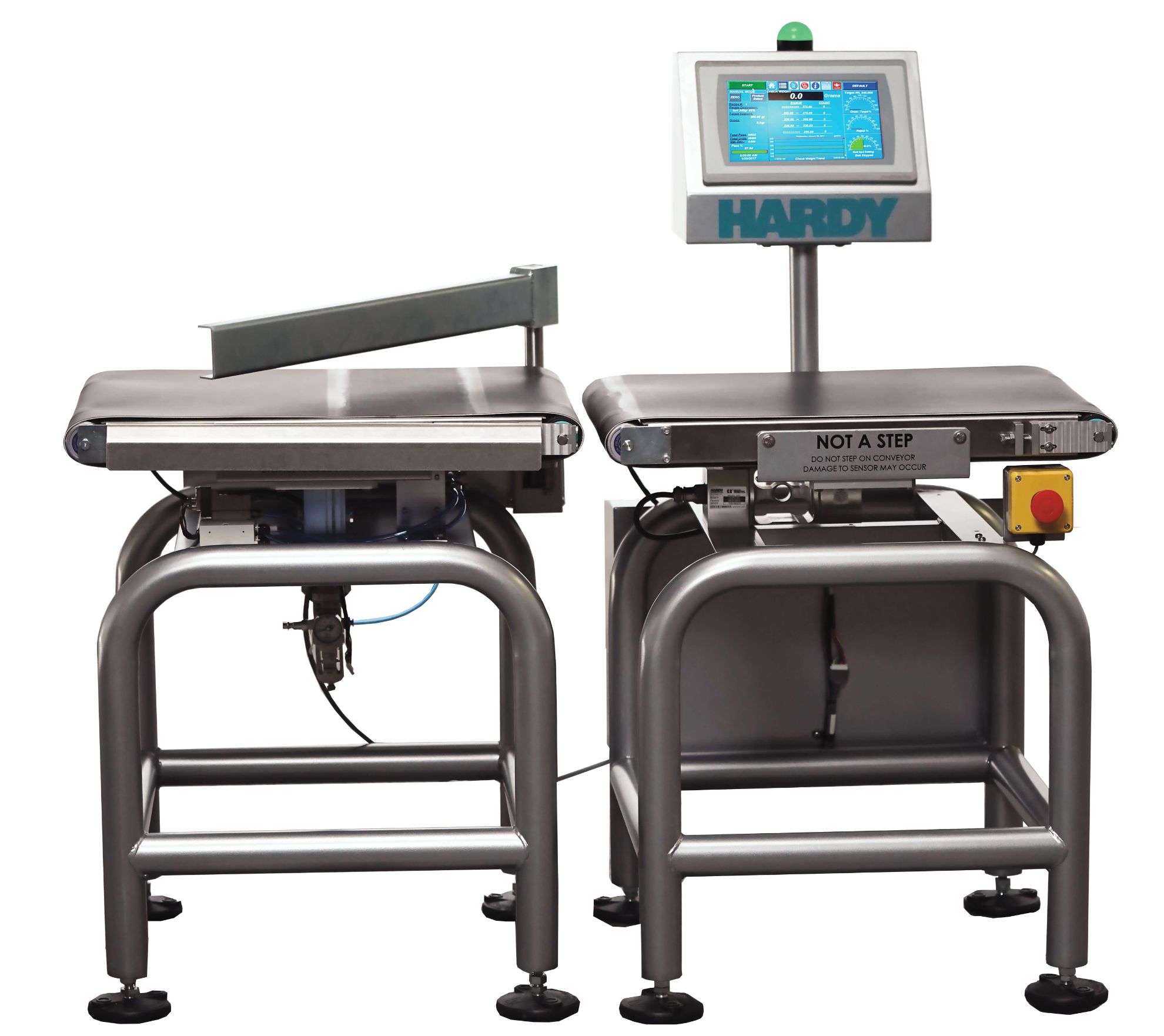Website Maintenance & Improvements
Learn More!For most manufacturers, achieving optimal manufacturing efficiencies while maintaining high product quality is the goal; but often a choice is made to err on the side of overfulfilling on their promises, even if it means accepting extra costs.

“If you can’t measure it, you can’t improve it.”
“If you can’t measure it, you can’t improve it.” is a quote accredited to Peter Drucker, author of 39 books on modern business management. The principle not only applies to decisions made in well-appointed board rooms found in glass skyscrapers but also to the factory floor of nearly every manufacturer.
Measurement is the very first step that leads to control and the ability to control often presents opportunities for improvement both in manufacturing efficiencies and product quality. For most manufacturers, achieving optimal manufacturing efficiencies while maintaining high product quality is the goal; but often a choice is made to err on the side of overfulfilling on their promises, even if it means accepting extra costs.
While overfilling can reduce the Cost of Poor Quality (COPQ) by preventing underweight or under-count product from being delivered to customers, it comes at the cost of manufacturing efficiency. Relying on overfilling is especially common for manufacturers that do not inspect every package but instead rely on random or intermittent inspections and Statistical Process Control (SPC) to reduce the risk of shipping underweight or under-count product.